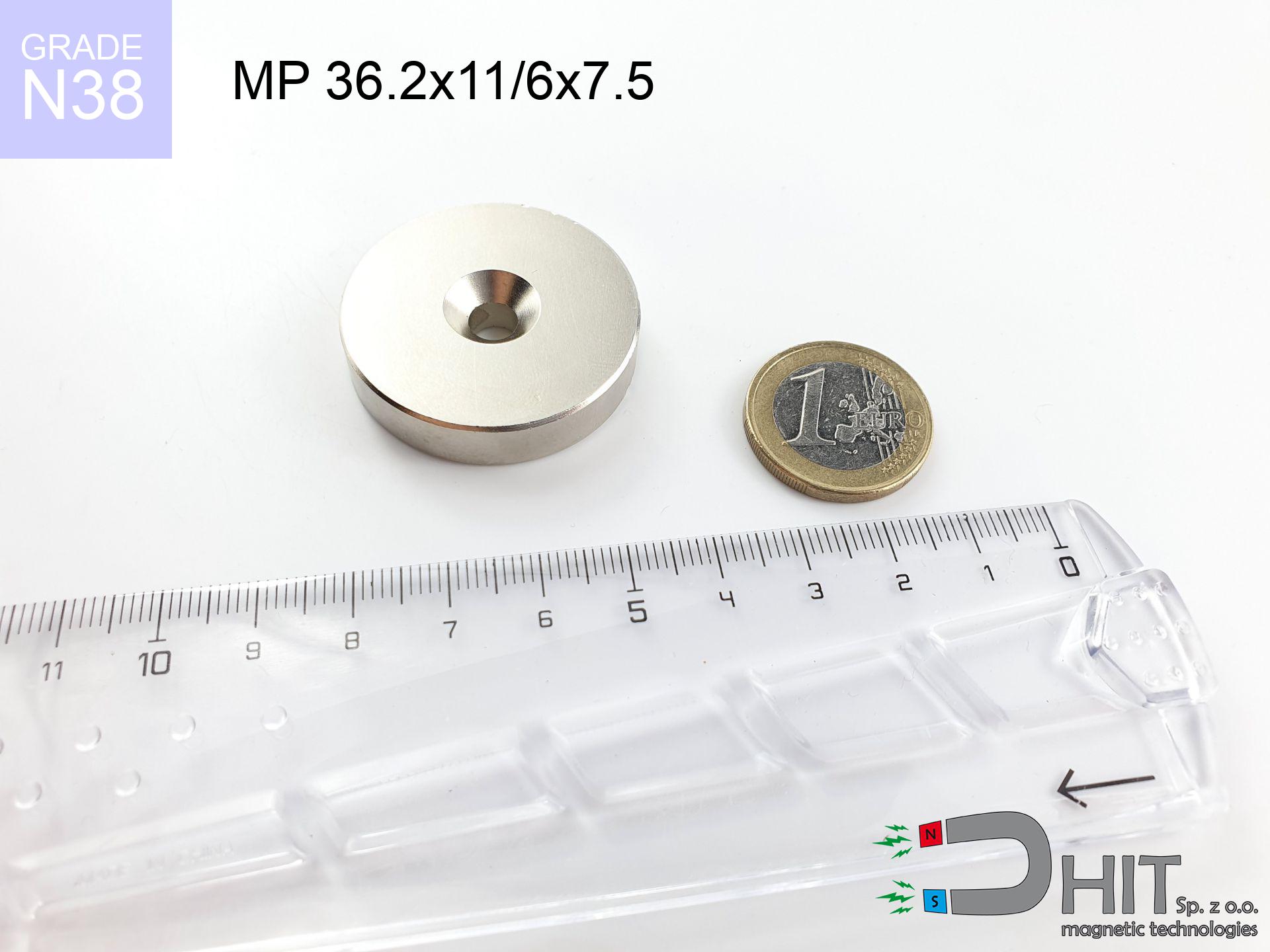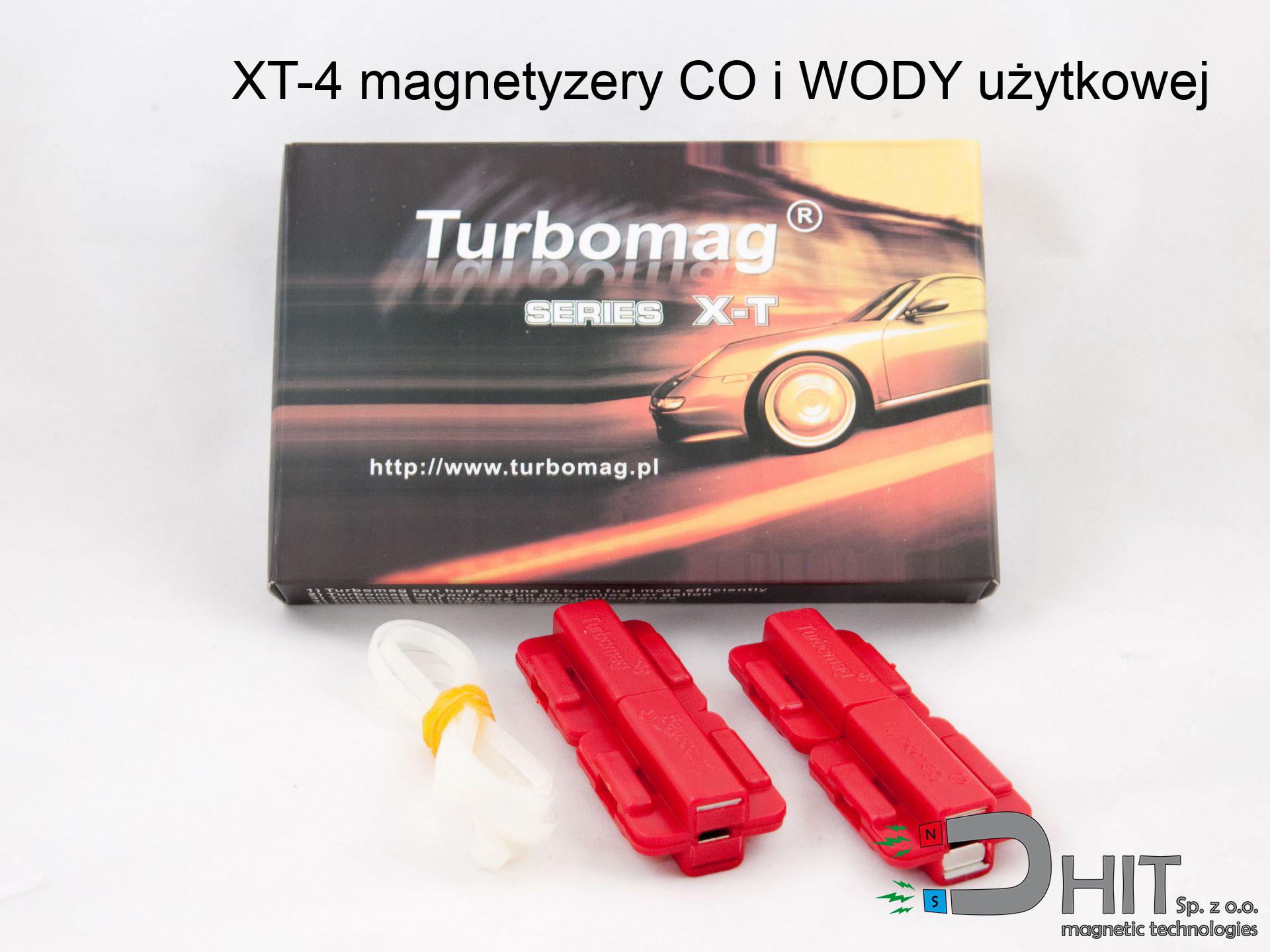SM 32x200 [2xM8] / N42 - magnetic roller
magnetic separator
catalog number 130298
GTIN: 5906301812913
diameter Ø
32
mm [±0,1 mm]
height
200
mm [±0,1 mm]
max. temperature
≤ 80
°C
catalog number 130298
GTIN: 5906301812913
diameter Ø
32 mm [±0,1 mm]
height
200 mm [±0,1 mm]
max. temperature
≤ 80 °C
602.70 ZŁ gross price (including VAT) / pcs +
490.00 ZŁ net price + 23% VAT / pcs
bulk discounts:
need more quantity?Want a better price?
Call us tel: +48 888 99 98 98 or contact us through contact form on our website. You can check the mass as well as the appearance of neodymium magnets in our power calculator power calculator
Orders placed by 2:00 PM will be shipped on the same business day.
Specification: magnetic separator 32x200 [2xM8] / N42
Magnetic properties of the material N42
Physical properties of sintered neodymium magnets Nd2Fe14B
Compilation of suggested goods
Advantages as well as disadvantages of neodymium magnets NdFeB.
In addition to immense strength, neodymium magnets have the following advantages:
- They do not lose their strength (of the magnet). After approximately 10 years, their power decreases by only ~1% (theoretically),
- They are extremely resistant to demagnetization by external magnetic field,
- Thanks to the shiny finish and nickel, gold, or silver coating, they have an aesthetic appearance,
- They have exceptionally high magnetic induction on the surface of the magnet,
- By using an appropriate combination of materials, they can achieve high thermal resistance, allowing them to operate at temperatures up to 230°C and above...
- The ability for precise shaping and customization to specific needs – neodymium magnets can be produced in a wide range of shapes and sizes, which enhances their versatility in applications.
- Wide application in advanced technologically fields – are used in hard drives, electric motors, medical devices or various technologically advanced devices.
Disadvantages of neodymium magnets:
- They are fragile when subjected to a strong impact. If the magnets are exposed to impacts, we recommend using magnets in a protective case. The steel housing in the form of a holder protects the magnet from impacts and at the same time increases its overall strength,
- They lose power at high temperatures. Most neodymium magnets experience permanent loss of strength when heated above 80°C (depending on the form and height). However, we also offer special magnets with high temperature resistance, up to 230°C,
- They rust in a humid environment - during outdoor use, we recommend using waterproof magnets, such as those made of rubber or plastic,
- The use of a cover or a magnetic holder is recommended due to the limited possibilities of manufacturing threads or complex shapes in the magnet
- Health risk associated with microscopic parts of magnets are risky, in case of ingestion, which is particularly important in the aspect of protecting young children. Furthermore, miniscule components of these devices are able to be problematic in medical diagnosis when they are in the body.
Exercise Caution with Neodymium Magnets
Do not give neodymium magnets to youngest children.
Remember that neodymium magnets are not toys. Do not allow children to play with them. They can be a significant choking hazard. If multiple magnets are swallowed, they can attract to each other through the intestinal walls, causing severe injuries, and even death.
Neodymium magnetic are extremely fragile, they easily break as well as can become damaged.
Neodymium magnets are delicate and will break if allowed to collide with each other, even from a distance of a few centimeters. Despite being made of metal as well as coated with a shiny nickel plating, they are not as hard as steel. At the moment of connection between the magnets, tiny sharp metal pieces can be propelled in various directions at high speed. Eye protection is recommended.
The magnet coating contains nickel, so be cautious if you have a nickel allergy.
Studies clearly indicate a small percentage of people who suffer from metal allergies such as nickel. An allergic reaction often manifests as skin redness and rash. If you have a nickel allergy, try wearing gloves or avoid direct contact with nickel-plated neodymium magnets.
Neodymium magnets should not be near people with pacemakers.
Neodymium magnets produce strong magnetic fields that can interfere with the operation of a heart pacemaker. However, if the magnetic field does not affect the device, it can damage its components or deactivate the device when it is in a magnetic field.
Keep neodymium magnets away from TV, wallet, and computer HDD.
Neodymium magnets generate intense magnetic fields that can destroy magnetic media such as floppy disks, video tapes, HDDs, credit cards, magnetic ID cards, cassette tapes, etc. devices. They can also destroy videos, televisions, CRT computer monitors. Remember not to place neodymium magnets close to these electronic devices.
Never bring neodymium magnets close to a phone and GPS.
Intense magnetic fields generated by neodymium magnets interfere with compasses and magnetometers used in navigation, as well as internal compasses of smartphones and GPS devices.
Neodymium magnets can become demagnetized at high temperatures.
Under specific conditions, Neodymium magnets may experience demagnetization when subjected to high temperatures.
Neodymium magnets can attract to each other, pinch the skin, and cause significant swellings.
In the situation of placing a finger in the path of a neodymium magnet, in such a case, a cut or a fracture may occur.
Dust and powder from neodymium magnets are highly flammable.
Do not attempt to drill into neodymium magnets. Mechanical processing is also not recommended. Once crushed into fine powder or dust, this material becomes highly flammable.
Neodymium magnets are the strongest, most remarkable magnets on the planet, and the surprising force between them can surprise you at first.
On our website, you can find information on how to use neodymium magnets. This will help you avoid injuries and prevent damage to the magnets.
Please see the article - What danger lies in neodymium magnets? You will learn how to handle them properly.

![SM 32x200 [2xM8] / N42 - magnetic roller SM 32x200 [2xM8] / N42 - magnetic roller](https://cdn3.dhit.pl/graphics/products/sm-32x200-2xm8-fub.jpg)
![magnetic separator 32x100 [2xM8] / N52 magnetic separator 32x100 [2xM8] / N52](https://cdn3.dhit.pl/graphics/products/sm-32x100-2xm8-war.jpg)




